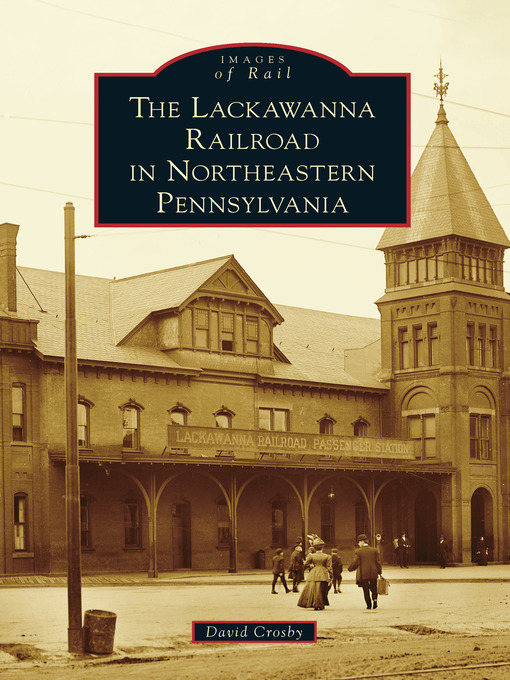The Delaware, Lackawanna & Western Railroad, better known as the Lackawanna Railroad, was organized in 1851 and thrived on the anthracite coal traffic originating from the area surrounding Scranton, Pennsylvania. The company came to operate a network of track between Hoboken, New Jersey, and Buffalo, New York, before becoming part of the Erie Lackawanna Railway in 1960. During the first decade of the 1900s, the railroad underwent a substantial modernization and improvement project, which was documented extensively by company-hired photographers. A century later, these images provide a fascinating insight into the everyday workings of a railroad and its interaction with the communities along its route. Nearly all of the railroad territory covered by this book remains in operation today.
- Available now
- New eBook additions
- New kids additions
- New teen additions
- Most popular
- Try something different
- Your next great read
- Dealing with Addiction
- See all
- Available now
- New audiobook additions
- New kids additions
- New teen additions
- Most popular
- Try something different
- Audiobooks for the Whole Family
- Listen Up: Great Narrators
- Great reads without the wait!
- See all

